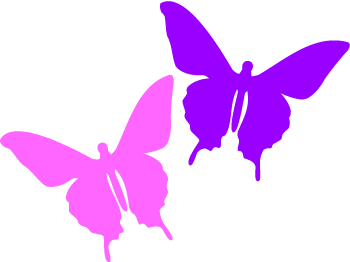top of page
Butterfly populations are a very good indicator of the health of an area's ecosystem !!
Argynnis hyperbius can be found in forests where their host plants are grown.
They are quite fast fliers and prefer the hot hours of the day.
They are easily disturbed but will return to the same place.
Males are fond of mud puddling.
Females descend to the ground, camouflaging themselves among the grasses in closed wing position.
They also come to the ground to lay eggs on and around their herbaceous larval food plants.
Both sexes bask while settling on the ground.
They breed in the grasslands on the highest hills, and also visit adjacent wooded parks. Only a few of the breeding habitats remain in the hills.
Adult butterflies are orange on top with black spots.
Females have larger black spots, creating black areas on the wingtips.
On the ventral side, both sexes are pale with dark markings.
*As members of the Brush Footed (Nymphalidae) family, they use their shorter pair of front legs for food tasting, and their two pairs of longer rear legs for propulsion.

Diet: caterpillars feed on the leaves of Viola betonicifolia, V. hederacea from the Violaceae family.
Wingspan: 8 - 9.8 cm / 3.1 - 3.9 ".
Family: Nymphalidae

The single biggest threat to butterfly survival is habitat destruction!!

bottom of page



